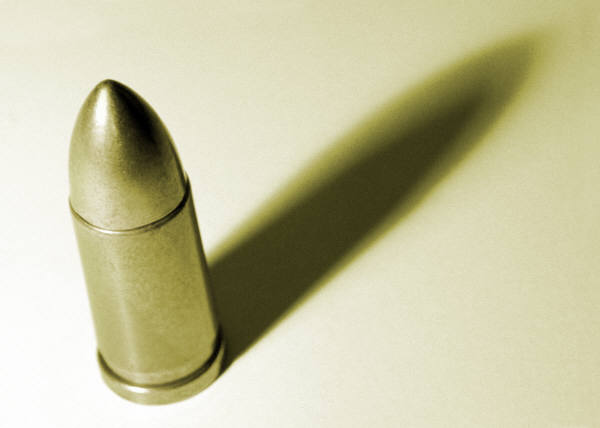 Can the owner of an unlicensed handgun, which is surrendered pursuant to a court's order of protection, invoke the Fifth Amendment?
Can the owner of an unlicensed handgun, which is surrendered pursuant to a court's order of protection, invoke the Fifth Amendment?
That was the question addressed by the New York State Court of Appeals in People v. Havrish .
The Fifth Amendment to the U.S. Constitution provides that a person shall "not be compelled in any criminal case to be a witness against himself." The Amendment allows a witness to "take the Fifth" and decline testifying in court if the testimony will be self-incriminating.
But, that privilege only extends to testimony of a person against him/herself and evidence of a "testimonial or communicative nature," and is inapplicable to "real or physical evidence." Thus, defendants may be compelled to submit to a fingerprinting, to measurements, to a sobriety test, to write or speak for identification, make a particular gesture, provide a handwriting sample, participate in a lineup, or display tattoos without triggering the Fifth Amendment's protections.
In the 1976 case of Fisher v. United States , the U.S. Supreme Court applied a two-part test to ascertain whether the production of evidence is privileged under the Fifth Amendment, or if it is "real or physical evidence" admissible at trial.
First, if the evidence reveals the defendant's "subjective knowledge or thought processes," it is "testimonial." To that end, a court will examine whether or not the authorities knew of the evidence's existence. If the surrender triggers an admission, then the evidence could be viewed as testimonial.
Second, the court must determine if the evidence is likely to result in a criminal prosecution. If the chances are "merely trifling" that a criminal prosecution will ensue, no Fifth Amendment protection is triggered.
On April 8, 2005, the Delhi Town Court issued an order of protection against William Havrish in connection with a domestic violence incident in Delaware County. The order directed Havrish to stay away from his spouse and "surrender any and all firearms owned or possessed."
Havrish immediately handed over his "long guns," but informed officers that he left his handgun at his ex-wife's home. The spouse informed officers that the defendant still had the handgun, and that it was unlicensed. Soon thereafter, defendant informed the police that he had found the Ruger Blackhawk .44 magnum revolver.
The police retrieved the gun from the Havrish's Schoharie County residence, confirmed that it was unlicensed, and charged Havrish in Jefferson Town Court with criminal possession of a weapon.
The Jefferson Town Court granted Havrish's motion to suppress the weapon on Fifth Amendment grounds and then dismissed the charge, because the police had no other admissible evidence. The Schoharie County Court reversed and reinstated the criminal possession charge. The New York State Court of Appeals then reversed, finding that, under Fisher , the unlicensed handgun was excludable evidence.
First, the state's highest court concluded that "defendant's surrender of the gun was testimonial because it revealed defendant's subjective thought processes -- that he knowingly possessed the weapon -- and, absent this revelation, the information would not have come to the attention of the police."
The court further determined that "[d]efendant's surrender of the handgun was also sufficiently incriminating to give rise to Fifth Amendment protection." Since Havrish was required to perform "virtually every element of the offense of criminal possession of a weapon" in "the presence of the police," the likelihood of a criminal prosecution was high.
Because privilege applied, the prosecution was unable to use the weapon as evidence against Havrish at a criminal trial. And, without other evidence, the Court of Appeals was compelled to dismiss the criminal possession charge.
We dare you to take a shot at this case!

(Come on. Make our day!)
For a copy of the Court of Appeals's decision, please use this link: People v. Havrish
